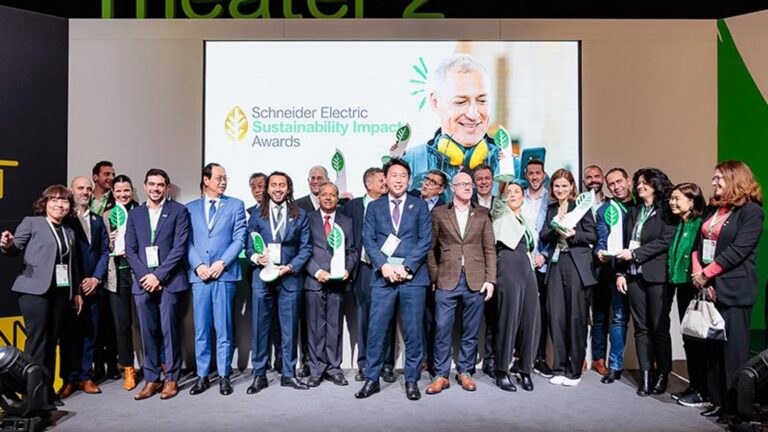Saturday, July 5, 2025
By Colin Isaacs
For four months this summer many of the one and a half million residents of Calgary were asked to participate in an aggressive water conservation program. The reason was a catastrophic break in the feeder main serving large parts of the city.
City Council has promised a full enquiry into the causes of the several ruptures in the main along with implementation of the steps necessary to ensure that breakages of this magnitude do not recur. Many municipal and private sector water system engineers were watching the Calgary situation closely and hoping that their water distribution capability did not reduce by 20 per cent in the heat of summer as happened in Calgary. The results of the enquiry will be of interest to these engineers in many large cities around the world.
Fundamental to the Calgary situation, and indeed to municipal infrastructure, water systems, wastewater systems, public transportation systems, waste management, and recreation facilities almost everywhere is trust in the decision makers that determine the allocation of resources to maintenance and repair of existing facilities as well as construction of new facilities. The balance between maintenance and repair of existing systems and construction of new systems seems to have got out of whack in many communities.
In how many communities do residents and visitors have to put up with heavily potholed vehicle damaging roads while the same communities are building new expressways which may or may not provide a necessary public service? Why is it that operators of public transportation systems in many cities are cutting services because they do not have the budgets to properly maintain them while at the same time funds are being spent by those same municipalities to construct new systems for which there is unlikely to be a sufficient budget to properly maintain them once they begin operations? Why are so many Canadian municipalities and First Nations lacking proper drinking water and wastewater systems while public money is being spent on new projects such as arenas and world class sports facilities projects that might best be described as vanity projects?
The problem may first of all be an indicator of a failure in our system of democracy. Visible spending on capital facilities is often popular with a majority of voters even when budgets are tight or taxes must be raised. But spending on maintenance and repair enjoys no such popular support. Governments find it all too easy to cut repair and maintenance budgets, knowing that no one is likely to lose their seat in the next election for failing to spend enough on repair and maintenance of public infrastructure. That is unless a Calgary-like situation occurs in the weeks immediately prior to the election.
Another factor — distrust of experts — may also be causing neglect of repair and maintenance budgets. The problem has exploded in recent years with vaccine hesitancy and mistrust but the problem is by no means limited to the medical sector. A significant percentage of the population mistrusts all forms of scientific and technical information, preferring the disinformation found on many websites instead of the accurate information provided by credible scientists, engineers and public agencies. Politicians looking for election or re-election are likely to lead or follow paths of misinformation or disinformation rather than the sound advice provided by technically qualified experts.
If public infrastructure and services are to be maintained in reliable operation the community of experts, and those who support science-based policies and spending, need to boost their communication and public education efforts to regain public trust and political support for an appropriate balance between maintenance of existing systems and construction of new infrastructure. Otherwise both the environment and the economy of public infrastructure will suffer long term damage.
![]()
Colin Isaacs is a chemist with practical experience in administration, municipal council, the Ontario Legislature, a major environmental group, and, for the past three decades, as an adviser to business and government. He is one of the pioneers in promoting the concept of sustainable development for business in Canada and has written extensively on the topic in the popular press and for environment and business platforms.
Featured image courtesy of the City of Calgary.











